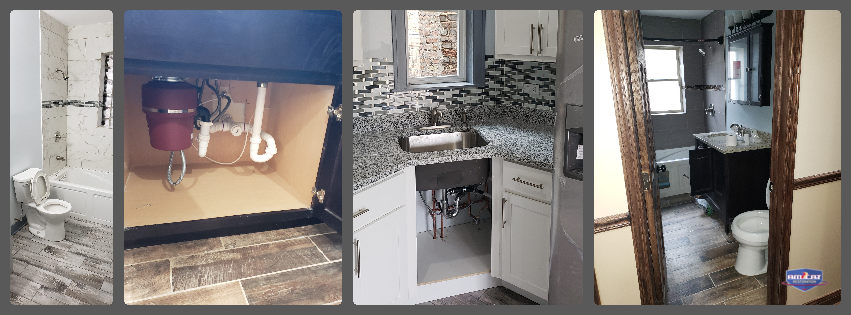
Laborers or Technicians
Demo Lead: $235 per day
Demolition Foreman oversees the daily site activities by ensuring the project is constructed in accordance with safety, and on schedule. Site managers must ensure workers are supervised in the preparation and removal of building components from a demolition site in accordance with a site demolition plan. Am-cat’s demo lead will have experience in operating a job site giving direction and organizing a crew tearing out compromised structures in buildings, on top of roofs, basements, units, attics, and specific projects, cleaning away the old materials, and preparing the area for new construction. Am-cat’s demolition workers, duties involve removing all compromised structures in homes, and buildings, all laborers are equipped with work boots belts, and gloves with demo tools for the removal of debris.
Demo Labor: $185 per day
Demolition laborers tear compromised structures in buildings, on top of roofs, basements, units, attics, and specific projects, clean away the old materials and prepare the area for new construction. Am-cat’s demolition workers, duties involve removing all compromised structures in homes, and buildings, all laborers are equipped with work boots belts, and gloves with demo tools for the removal of debris.
Painters: $275 per day
PVA primer can be applied to the wall in the same way as paint, using a brush or roller. PVA primer will be touched dry in 30 minutes to an hour. But if you’re using it as a primer, leave it to dry completely, preferably overnight. Plaster that dries too quickly can crack, spoiling the finish of the wall. Moreover, it may not stick to the wall as well, and sections can even fall off. Applying PVA as a primer helps prevent this from happening Am-cat’s professional painters help prepare surfaces, mix paints for different needs, and apply them with brushes or rollers to fill in cracks or apply color on walls and other objects around a home, such as furniture pieces or doors. The most common way to be charged for a paint job is by the square foot of wall space to be painted. $3 to $6 per square foot for interior jobs including two coats of paint. If you choose to have the window and door trims, moldings, and doors painted that number will increase, but most of the time, the single biggest factor in why it is so expensive to paint a house, is the level of quality the painter can deliver. To prime and paint a standard 400-square-foot room, the average cost of $3.7 per square foot is $1,480 in total.
Rough Carpenters: $375 per day
Rough carpenters specialize in planning, building, and maintaining structures of buildings known as the “bones” of the house or commercial property. carpenters must pay attention to even the smallest details and be able to make things level and square. It includes the initial steps of construction rather than home-use additions like Trim carpentry and cabinet carpentry and all finished work is finished carpentry. installing Joists to subflooring and framing out units to floor plans to closing rooftops are considered rough carpentry.
Plumbers: $375 per day
Am-cats Plumbers can collaborate with general contractors, electricians, and other construction professionals. Assemble, install, maintain, and pressure test all pipes, fittings, and fixtures of heating, water, drainage, sprinkler, and gas systems according to specifications and plumbing codes. Repairing faulty plumbing and maintaining pipes, valves, fittings, drainage systems, and fixtures in commercial and residential structures or installing lines in newly constructed homes. The average hourly wage for a Plumber in the United States is $45 between $48 and $50 on emergencies.
Electricians: $375 per day
Am-cats licensed Electrician Read blueprints or technical diagrams when applicable Install and maintain wiring, control, and lighting systems. Inspect electrical components, such as transformers and circuit breakers. Identify electrical problems using a variety of testing devices. Repairs or replace wiring, equipment, or fixtures installs, replaces, and tests electrical circuits using appropriate hand tools and power tools and testing instruments coordinates system with a Master Electrician that can usually train other electricians in applicable procedures and techniques like Apprentice Electrician and Journeyman Electrician. The average hourly wage for an Electrician in the United States is $45 between $48 and $50 on emergencies.
Masons: $400 per day
Am-cats Tuck pointers sometimes referred to as repointing or brick pointing, is a process to finish or repairing mortar joints between bricks or stones with a narrow ridge of lime putty or fine lime mortar the process of using fresh mortar to fill in gaps or holes found in masonry between existing brick and mortar is tuckpointing. While most joint repairs are focused on the restoration of damaged chimney parts, tuckpointing is performed as a decorative or cosmetic procedure, but If you don’t tuckpoint when your stone or brick wall needs it, the masonry wall will deteriorate to the point that the only fix is to tear it down and relay it. if mortar or bricks are damaged tuckpointing will help to prevent leaking. It is removing and replacing badly deteriorated mortar and brick. In addition to improper curing, as the water freezes, it expands and creates pockets throughout the joints. The water will eventually unfreeze and make its way out of the masonry, leaving an incredibly poor joint in the brick, block, or stone. If the temperature around the area that needs to be tuckpointed is below 40 °F to 32 °F, it is often considered to be too cold for tuckpointing. Tuckpointing runs between $15 and $35 per square foot, then at least $15 per square foot after 8 feet in height. Higher work requires the setup and use of scaffolding, which takes more time and adds to the expense.
Finished Carpenters: $475 per day
Trim finish carpenter’s work on those beautiful molding you find around windows, doors, baseboards, mantels, and along walls chair rails Crawford ceilings, and custom closets. They cut, fit, and then install the wooden material according to specific measurements. Finish carpenters and make sure corners are crisp, joints are tight, and moldings are level. Cabinets. Interpreting blueprints of the interior of homes. Measuring dimensions of spaces. Adding custom-made bookshelves. Applying protective layers to surfaces. Installing crown molding. Applying extra detail to baseboards. Inspecting the home for scratches or dents.
Drywall Installers: $250 per day
Am cats Drywall installers are also called drywall hangers. They cut and hang the panels of the wallboard on commercial jobs, fire codes often require seams to fall on the entire length of the framing, so the drywall must be hung vertically. However, on residential jobs, the drywall on the walls is typically hung horizontally. Team drywall makes sure each sheet of drywall end on the stud or is butted up in the center with another piece of drywall. Either cutting drywall or adding more studs would be required. Am cats Drywall installers come equipped with the tools they use including tape measures, straightedges, utility knives, and power saws. 5 common drywall installation mistakes Driving screws too deep, Joints too tight fastening before trimming, placing joints next to doors and windows Having too many joints.
Plaster Specialist: $250 per day
Am cats Plaster specialist applies plaster to the wall by spreading the plaster firmly using an upwards stroke with the trowel angled slightly away from the wall. Flatten the trowel at the end of each stroke to smooth the plaster down. After the first coat of plaster has been applied, wait approximately 20 minutes to let the plaster dry slightly.
Skimming is generally used to decorate a building and increase a wall’s durability. The primary difference is that skimming helps upgrade an old building while plastering is done to a new building. A skimmed surface is generally smoother than a plastered surface. The plaster should be applied in an even manner and can be built out to a depth of roughly three to four millimeters thick in the three steps known as the rendering coat second coat known as the floating coat and the third coat known as the setting coat or finishing coat. Starting with the ceiling, starting in the corner, and running the trowel back and forth, applying plaster in a straight line. When it comes to painting over new plaster, you’ll technically want three coats of paint – our two recommended coats plus a mist coat. A ‘Contract matt’ is specially designed for use on new plaster.
HVAC Technician: $300 per day
Am-cat Licensed HVAC Technicians are professionals who can install, repair, and maintain heating, ventilation, air conditioning, and refrigeration systems that control the quality and temperature of the air inside residential and commercial buildings. Electricity Principles and Theory when working with wires, circuits, and conductors, it’s important to understand how electricity works and Refrigeration Concepts and Practices with knowledge of all HVAC Controls and Components and a complete understanding of Energy Conservation, and HVAC Equipment system setups.
Am-cats Professional inspections can discover unknown conditions allowing sellers an opportunity to perform desired repairs Pre-inspection Steps will start with. Review Project Specifications, review the physical condition of material by make & manufacturer Installing, maintaining, and repairing ventilation and air conditioning systems and equipment. Identifying maintenance risks on equipment. Diagnosing electrical and mechanical faults in your HVAC system help maximizes the efficiency of HVAC equipment, which ensures the optimal function of such systems throughout their respective buildings.
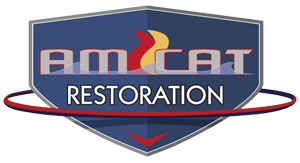
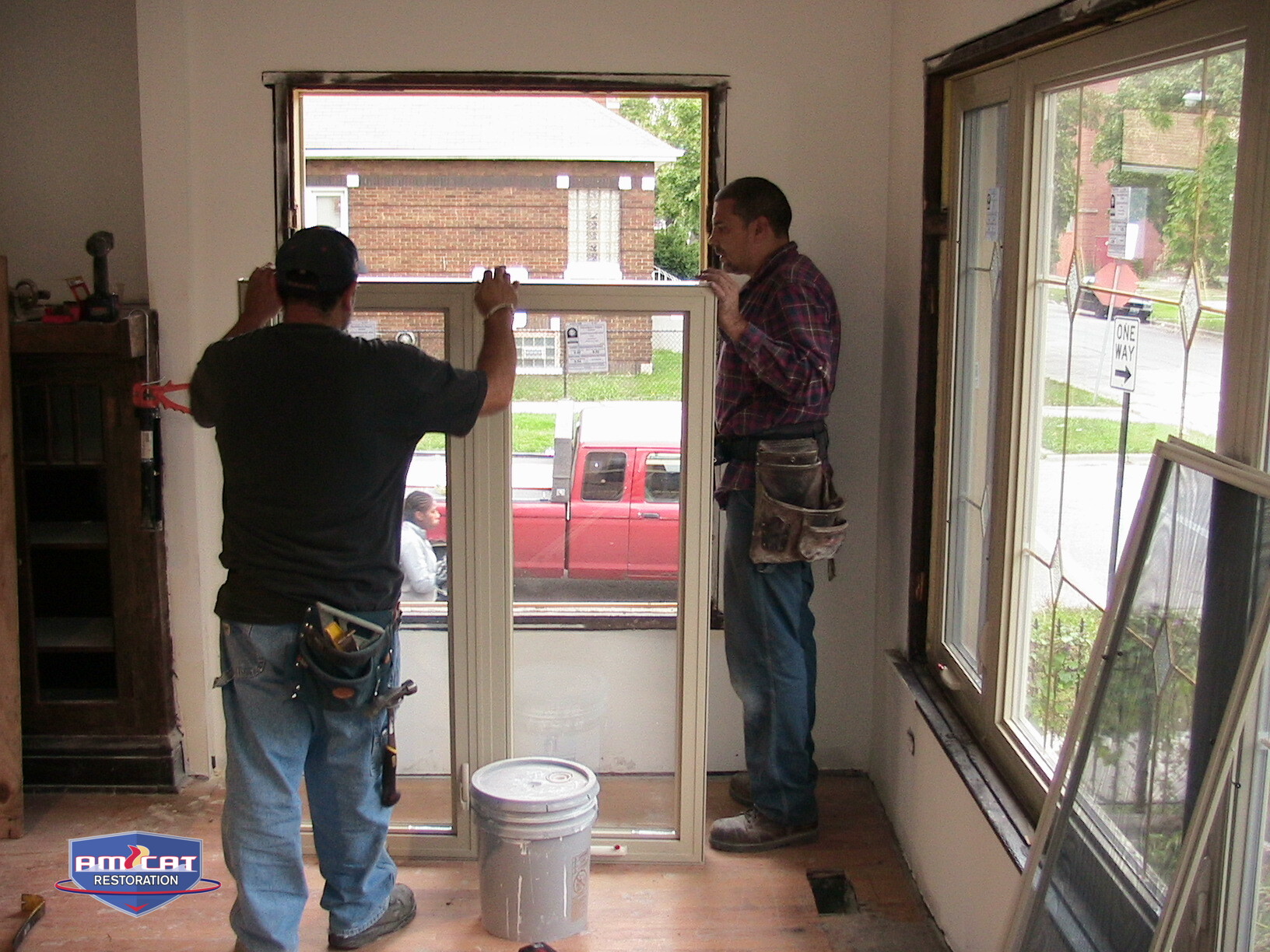


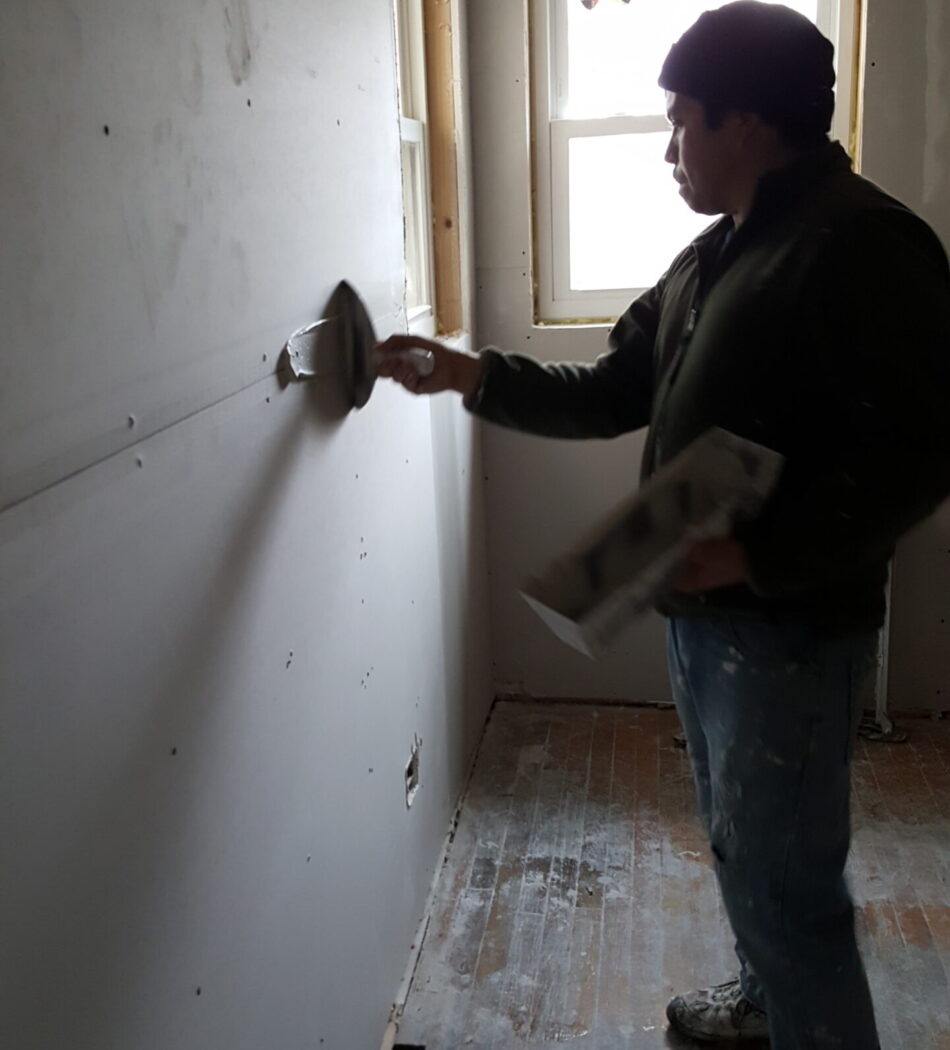


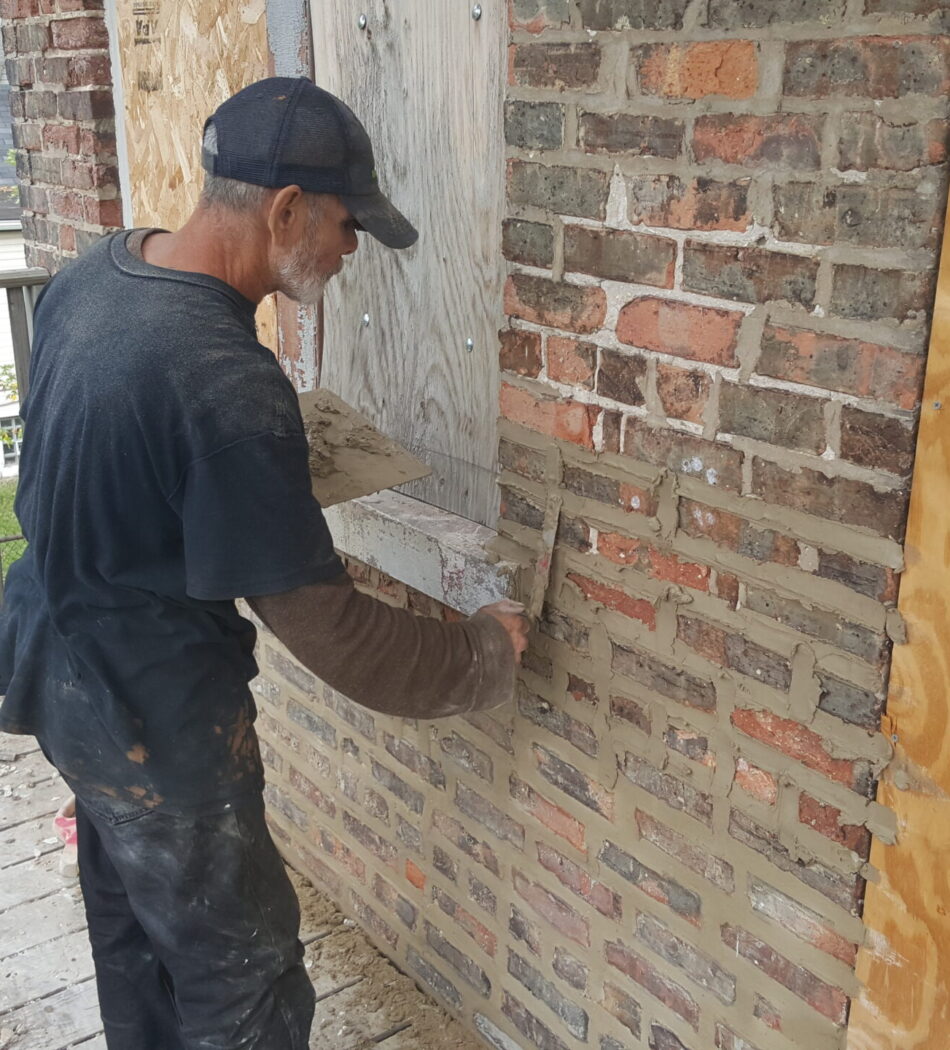






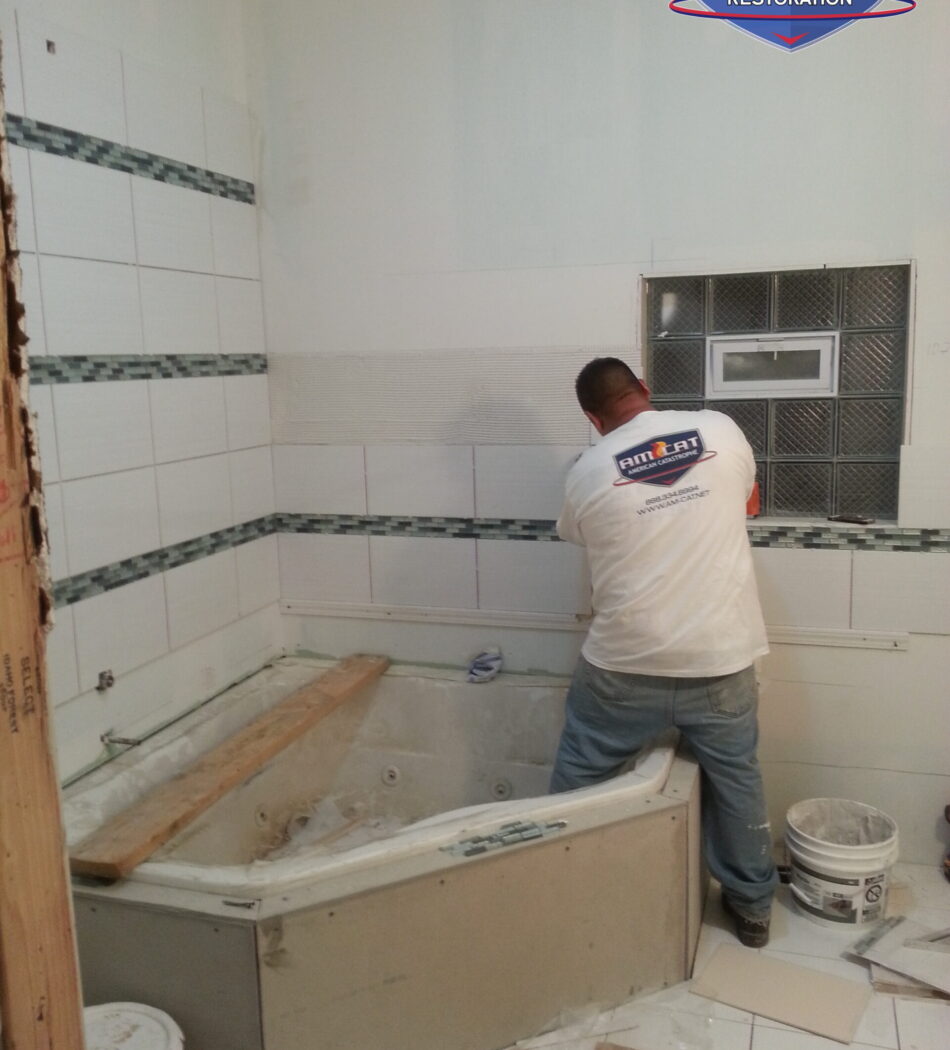







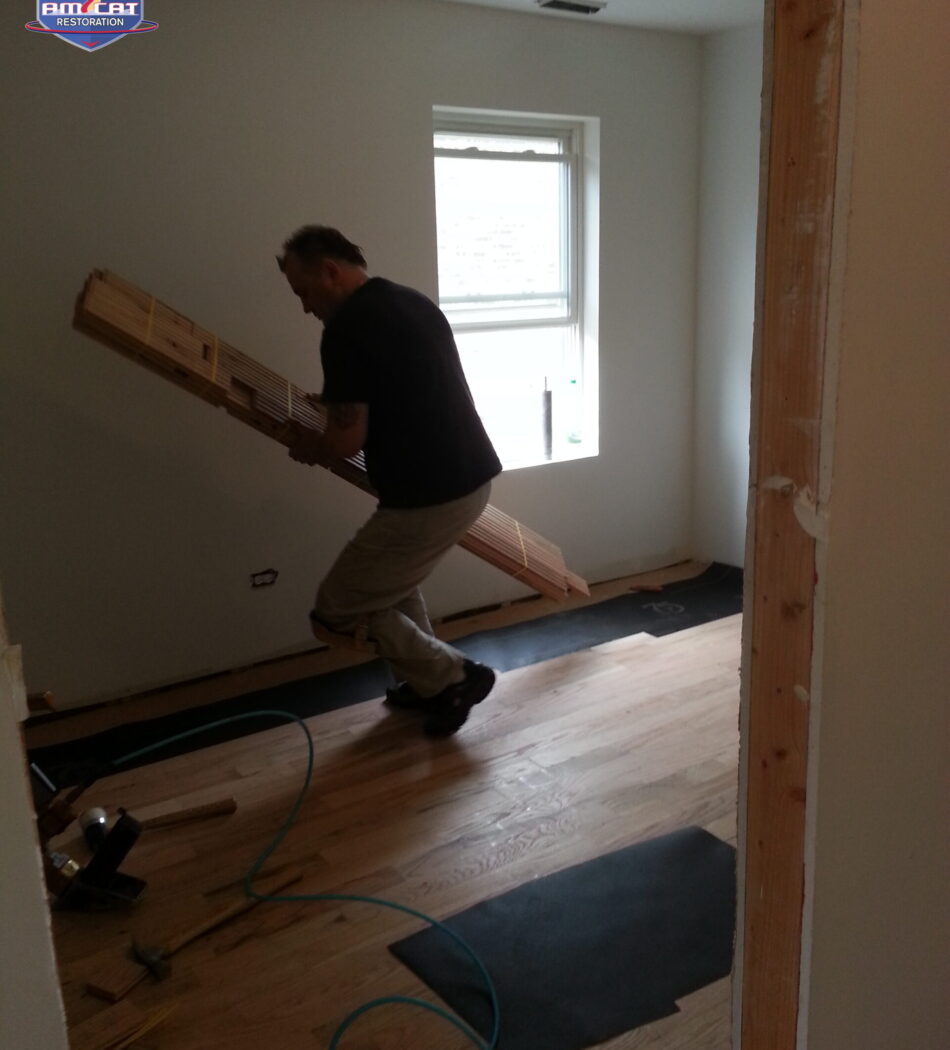
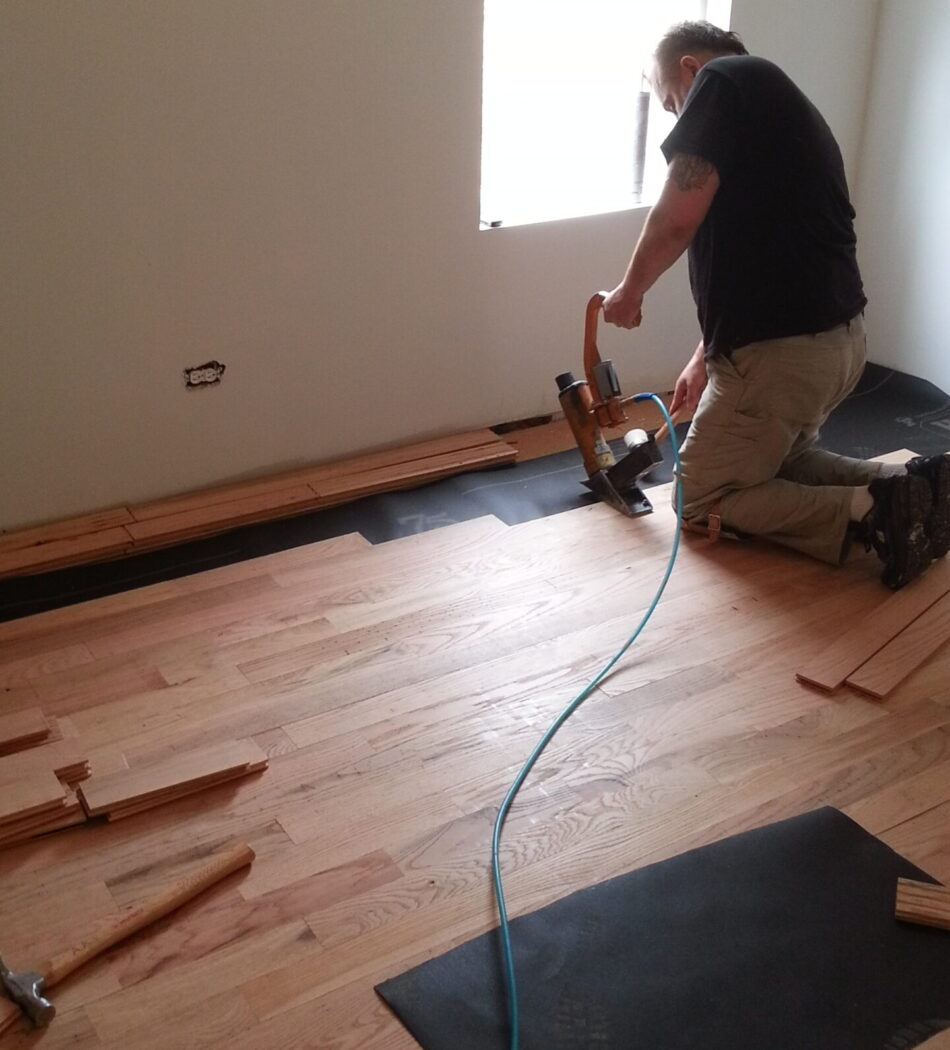
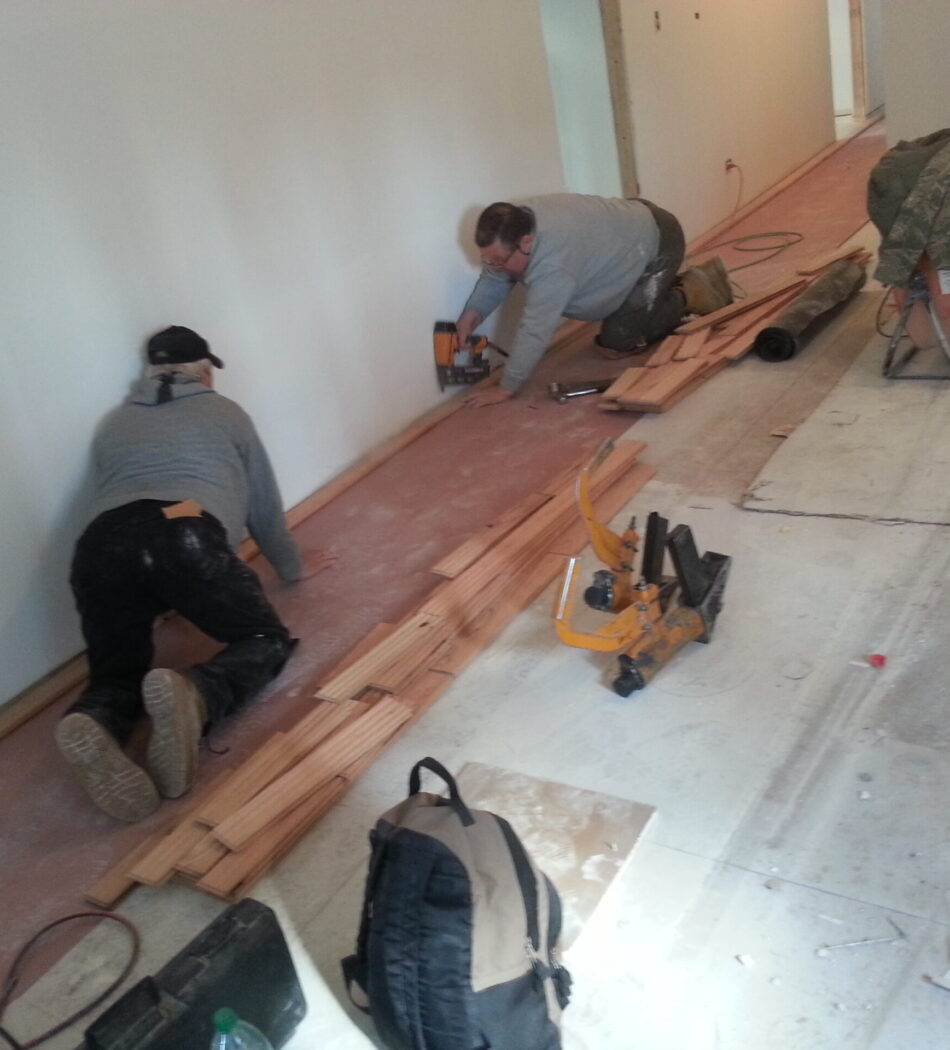



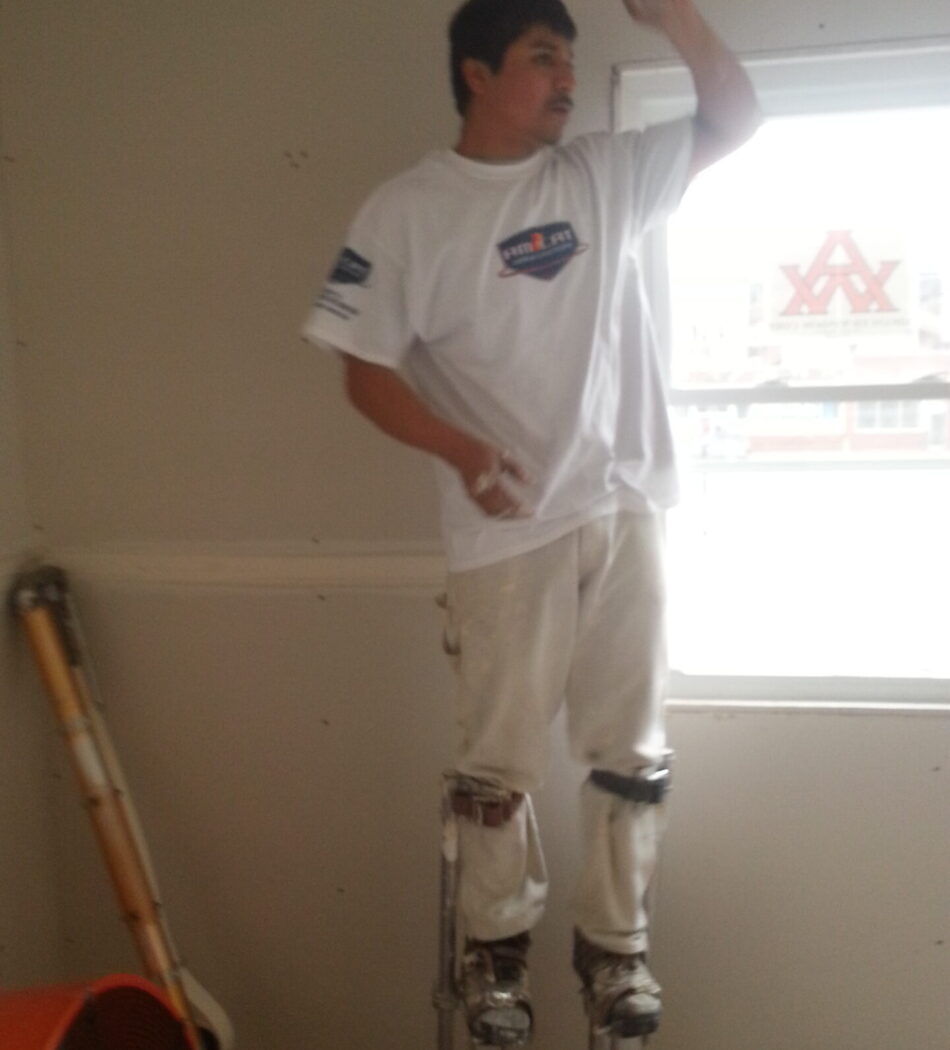

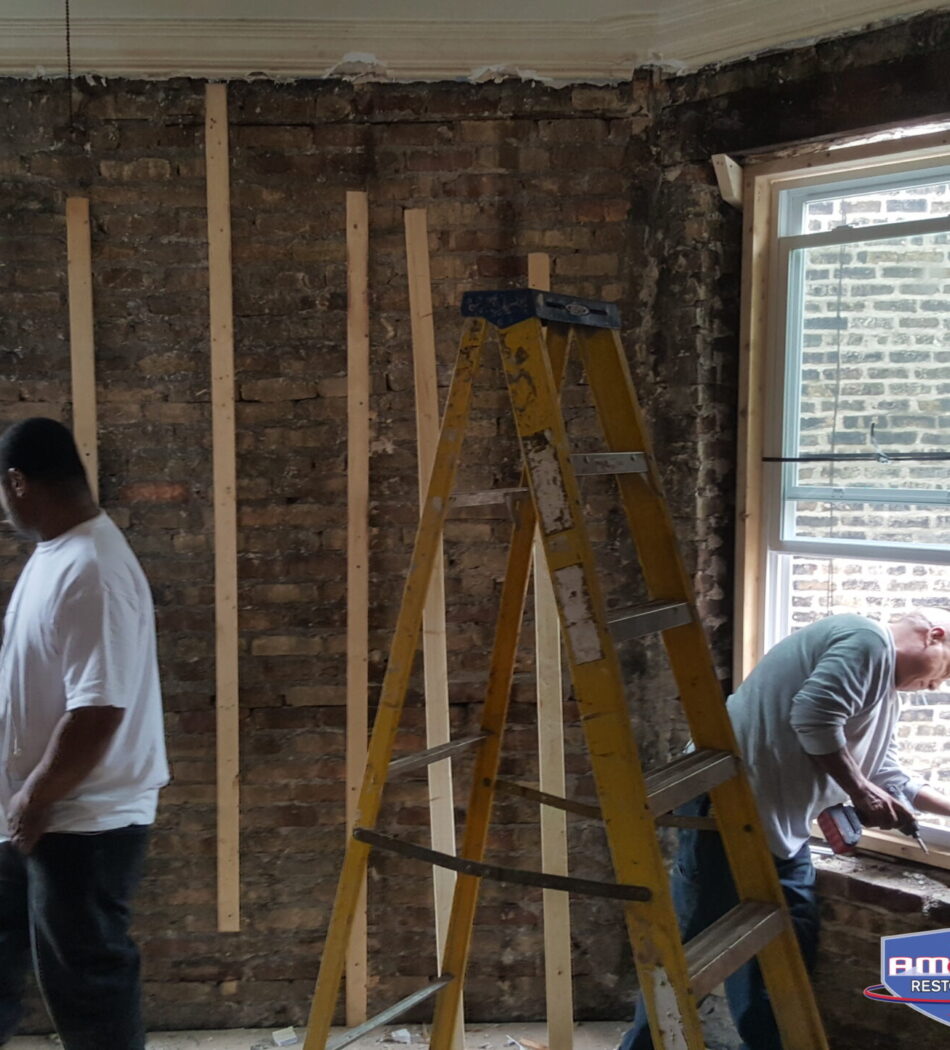


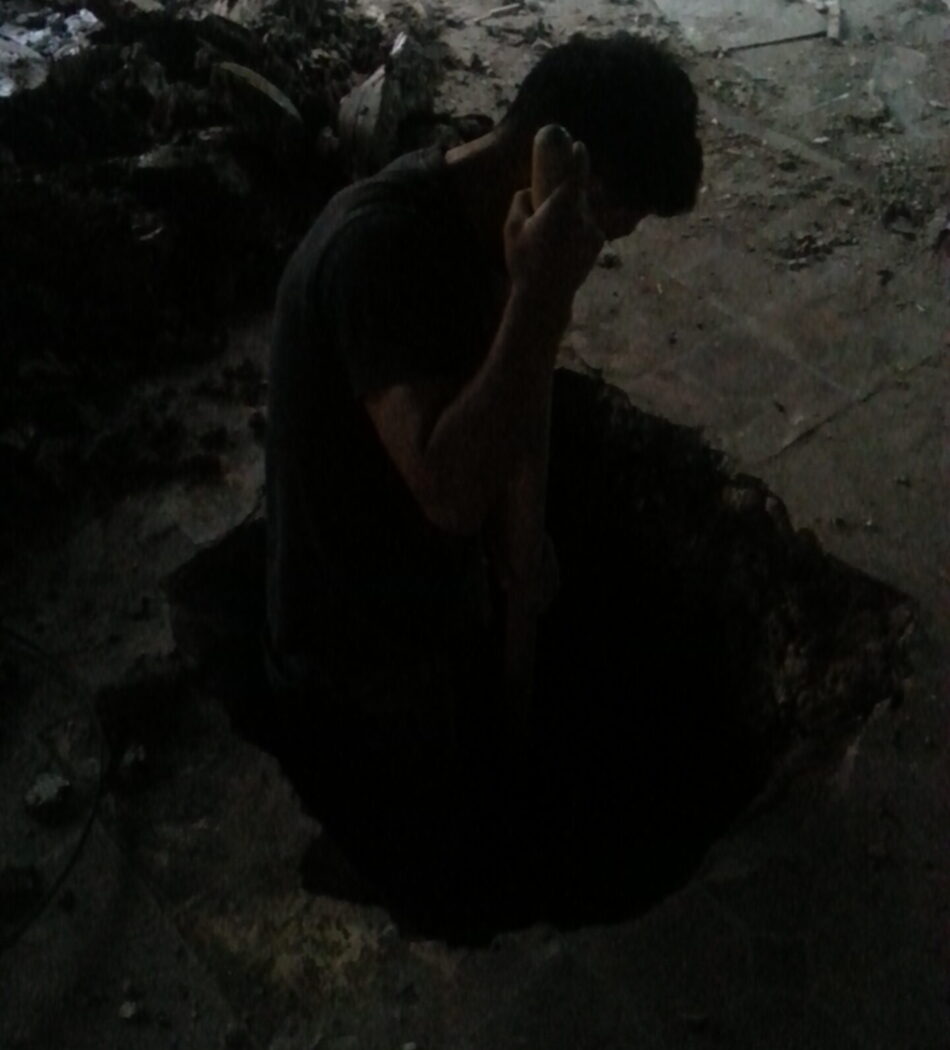
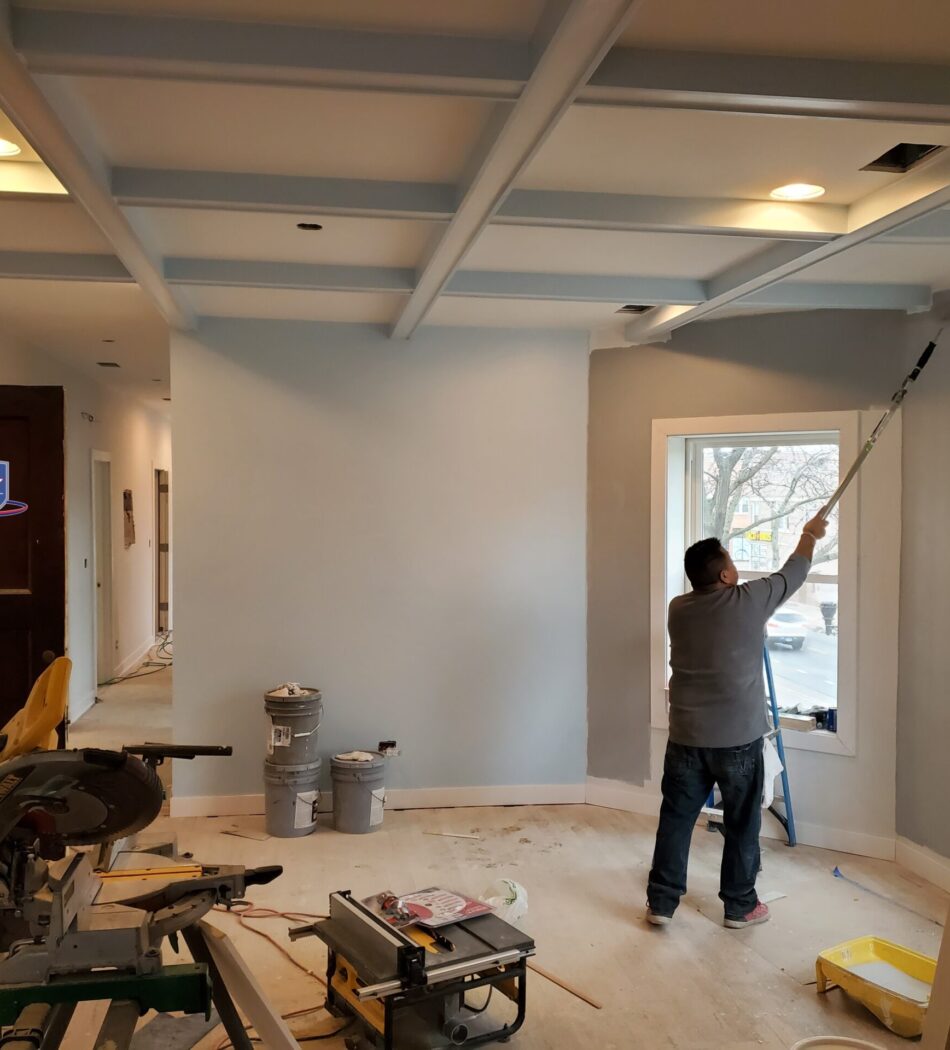

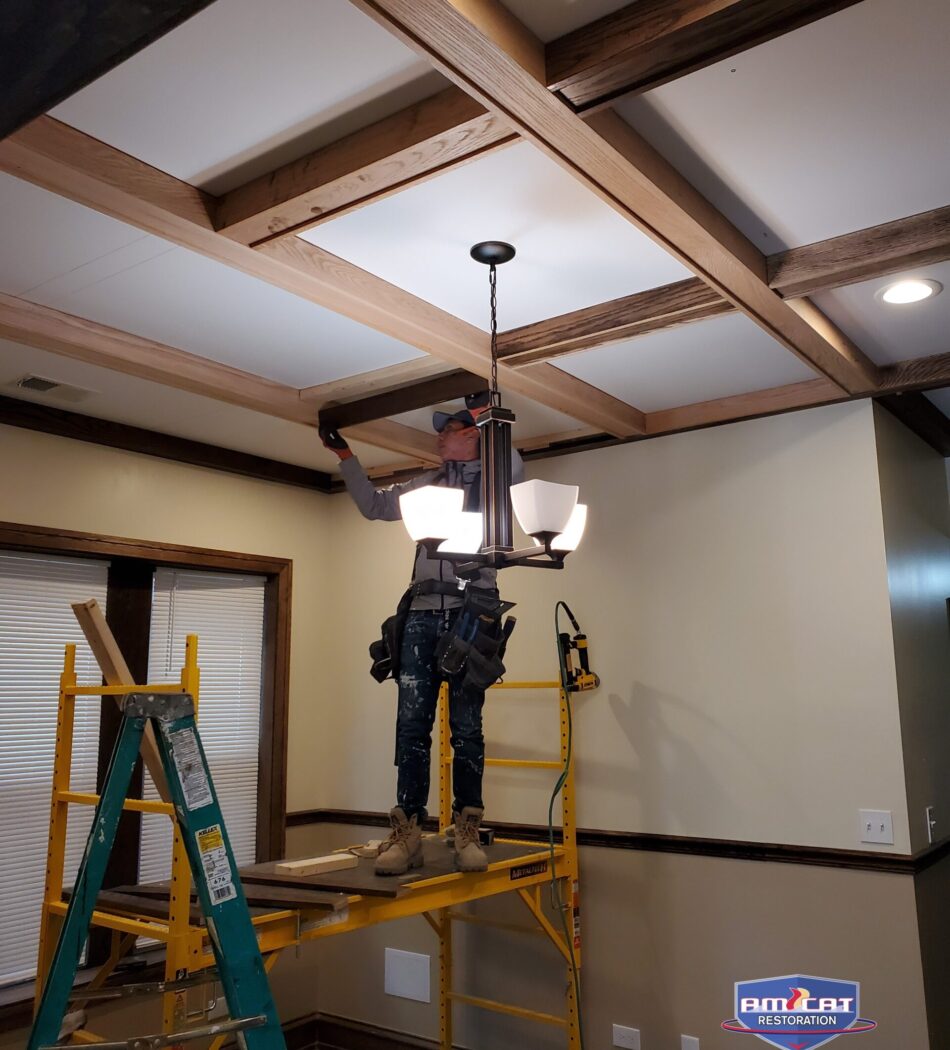

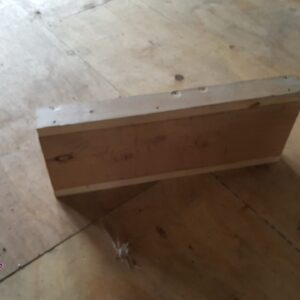
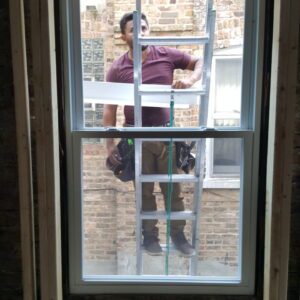
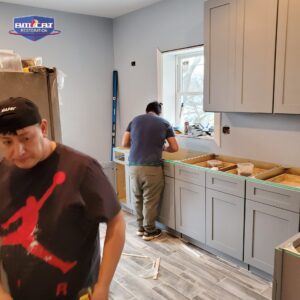
Reviews
There are no reviews yet.